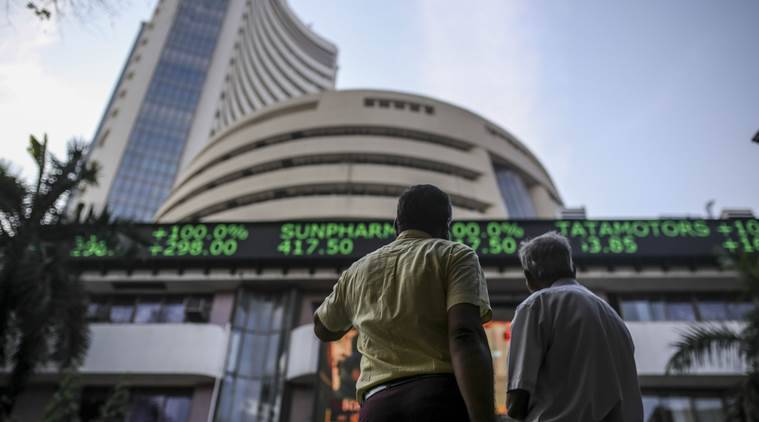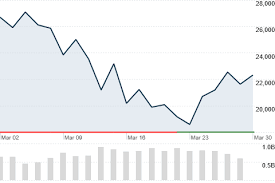Bombay Stock Exchange Limited, better known as BSE, is the first stock exchange in Asia and the fastest one in the world, with a speed of 6 microseconds. It was established in 1875, and since then, BSE has smoothened the growth of India’s corporate sector by giving it a structured capital-raising platform. This demutualised and corporatised entity has an abroad shareholder-base. Keep reading to learn more about BSE Sensex stocks!
About BSE
The BSE Sensex is a free-float and market-weighted stock market index with 30 financially-sound and well-established firms listed on it. These 30 firms are the largest as well as the most actively traded stocks in the market and represent several industrial sectors of the economy.

S&P BSE Sensex was published on 1 January 1986, and since then, it is considered as the pulse of the Indian domestic stock market. On 1 April 1979, the base value of the Sensex was taken as 100 and the base year as 1978–79. Since then, the BSE stock market has given a constant return of 17% over the past 40 years, more than that of fixed deposits or gold.
Structure of BSE
The BSE is a structured stock exchange index. It is composed of the following:
- Nine directors
- Executive Directors
- Three Government Nominees
- One RBI Nominee
- 5 Public Representatives
How is the BSE Index Calculated?
BSE generally modifies the share composition of Sensex constantly to reflect the current condition of the stock market. The index is calculated based on the weighted methodology of market capitalisation. This calculation method was, however, reformed in 2003 and now includes a free-float capitalisation method.
The method is an alternative for the market-capitalisation method. Here, instead of the firm’s outstanding shares, the shares available for sale are used for calculating the index. It doesn’t include restricted stocks that are not for sale. For getting free-float capitalisation, the market capitalisation of a firm needs to be multiplied with the free-float factor. The free-float factor is a ratio of floated shares and outstanding shares. This free-float capitalisation method states that the index level demonstrates the free-float value of all the 30 companies at all times under the Sensex, in relative to the base period.
Different Milestones of BSE Stocks
Following is a summary of the different milestones of the BSE Sensex Stocks:
- The BSE Sensex has grown from 100 points to 42000 points from 1979 to 2020, i.e. within 40 years.
- In the past 40 years, the BSE Sensex has had a CAGR of 17%. This is the highest return that has been given by any asset in India.
- It took around 11 years for BSE Sensex to cross 1000 marks in 1990, whereas it took only one year to cross 3000 on good monsoon.
- BSE stock index had crossed 4000 to 5000 levels in the year 1999. This reflected the IT Sector boom in India.
- In 2006, the Sensex crossed the 10,000-mark due to a boom in commodities.
- The Sensex then hit a 20,000-mark in 2007, due to FII participation, global liquidity, etc.
- After the sub-prime crisis in 2008-09, the Sensex had hit 25,000 in the year 2014.
- The BSE Sensex then steadily moved up to 30,000 and was aided by the central bank’s huge global liquidity.
- Sensex also hit 36,000 in January 2018 as well as 38,000 in August 2018 due to the IMF predictions about the growth of the Indian economy.
- Lastly, the m-cap of India rose by 52 per cent, which was the highest among the biggest economies.
Conclusion
BSE provides a transparent market for trading in currency, equity, mutual instruments, and debt instruments derivatives. The above article illustrates all about BSE Sensex stocks and how it is calculated.


